There can be your advertisement
300x150
Expert Opinion: How to Choose Safe Materials for a Child's Room?
Recently, decorator and designer Jena Zhdanova published the book 'Dream Children', where advice on decorating children's rooms for any age is collected. We looked into the section of tips for parents of the youngest children to find out how to choose safe and eco-friendly finishes.
Jena Zhdanova — expert designer-decorator, author of the book 'Dream Children' about creating the perfect room
Walls
First, decide on a color palette — in my projects I always use neutral tones for walls and add bright accents. This makes it easier to quickly change the decor when the child grows up.
Among materials, I prefer paint and wallpapers — you can choose hypoallergenic options. I suggest highlighting one accent wall to avoid re-wallpapering or repainting every few years.
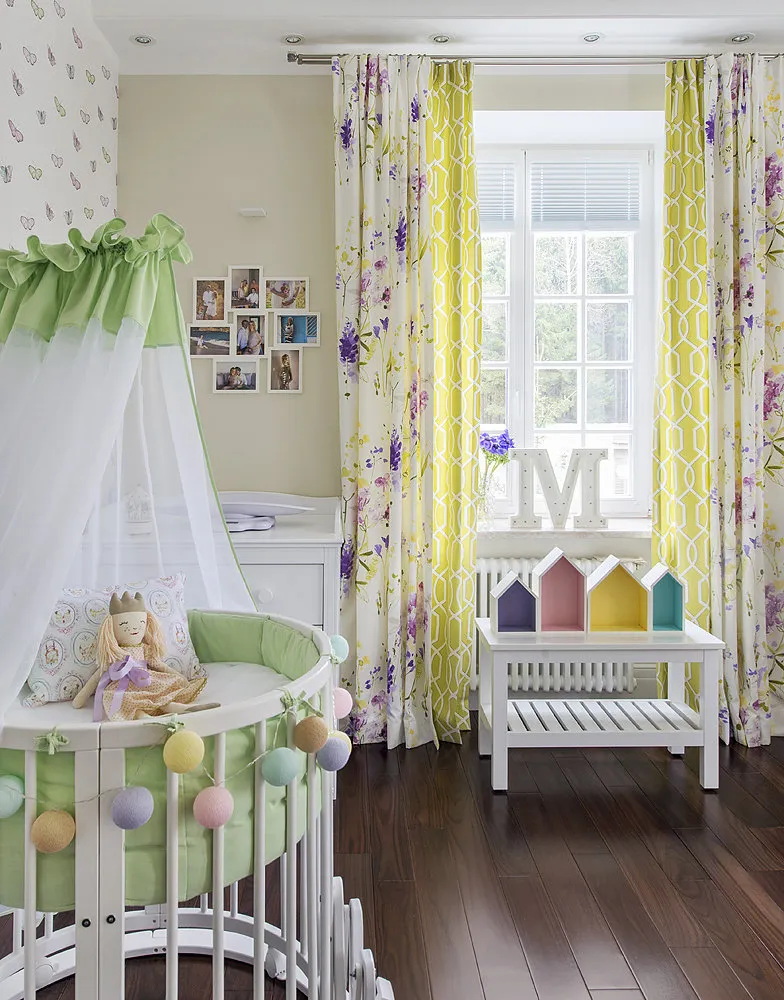
Design: Jena Zhdanova
How to choose paint?
Alexei Nemchinov, lead designer of Artique wallpaper and paint salon, advises not to be afraid of chemistry in the composition — without it, paint cannot be made. Most modern paints are water-based with acrylic pigments that give the desired shade.
Intimidating names like 'titanium dioxide' and 'iron oxide' are just white paint and chemical compounds that give red color.
Paints with acrylic pigments can be used in children's rooms. Moreover, almost all interior paints priced slightly above average are completely safe.

Design: Jena Zhdanova
All paints have four levels of shine
- Ultra-matte, or ceiling paints. Not suitable for walls that get dirty quickly. Minor stains can be cleaned with the soft side of a sponge.
- Matte. Have a beautiful velvet texture and deep saturated color. They are also cleaned with the soft side of a sponge.
- Eggshell paints. Have barely noticeable shine, used for painting skirting boards and walls in children's rooms and hallways. Impact-resistant — they are not afraid of being bumped by a stroller and can be cleaned with the hard side of a sponge.
- Glossy. Shine more than other types. It's better not to apply such paints yourself — they may highlight wall flaws.
Important note
After applying paint, 14 days must pass — only then will it become impact-resistant. Also, don't forget to keep leftover paint after renovation to restore damaged areas if necessary. Do not use a brush — instead, use a sponge and apply the paint in circular motions from center to edges.
Floors
Parquet and parquet boards are ideal options for a child's room. They are environmentally safe, warm, and beautiful.
Ivan Melekhov, co-owner of Finex company, explains that parquet can be made from solid wood or several materials.
In my work, I use solid wood and special parquet plywood pressed with elastic adhesive. In this case, parquet can be laid directly on the screed. It is also not afraid of moisture and temperature fluctuations.
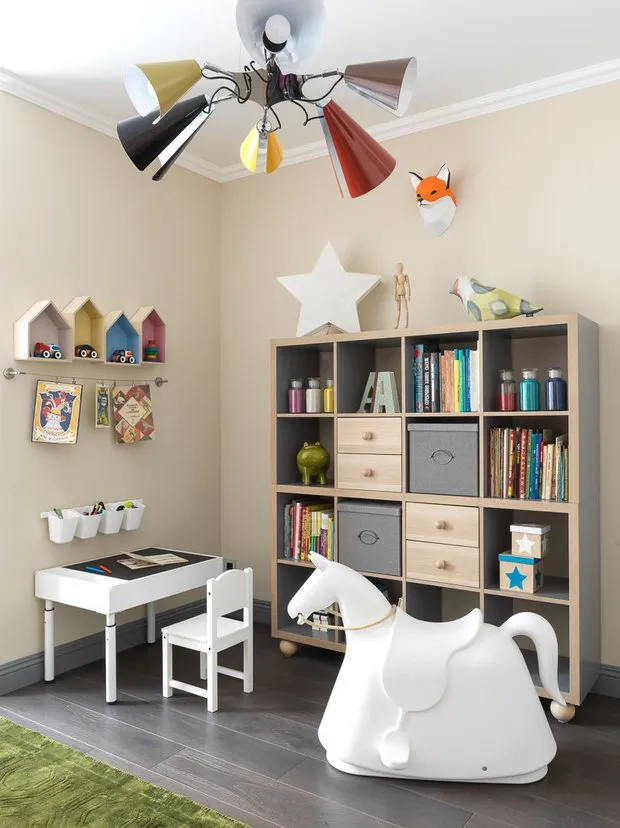
Design: Jena Zhdanova
Ideal options are engineered boards laid on a perfectly flat screed or solid wood laid on eco-clean plywood. Also, pay attention to the composition of glue, oil, and varnish — they must also be safe.
What to replace varnish and oil with?
The ideal finishing coating for a child's floor is wood wax, made from natural ingredients. Wood wax does not form a film on the parquet surface and retains its warmth. If the parquet needs to be restored, the finishing coating allows easy restoration (unlike varnish).
More articles:
 How a Two-Room Apartment Became a Three-Room Flat with Kitchen in the Hall
How a Two-Room Apartment Became a Three-Room Flat with Kitchen in the Hall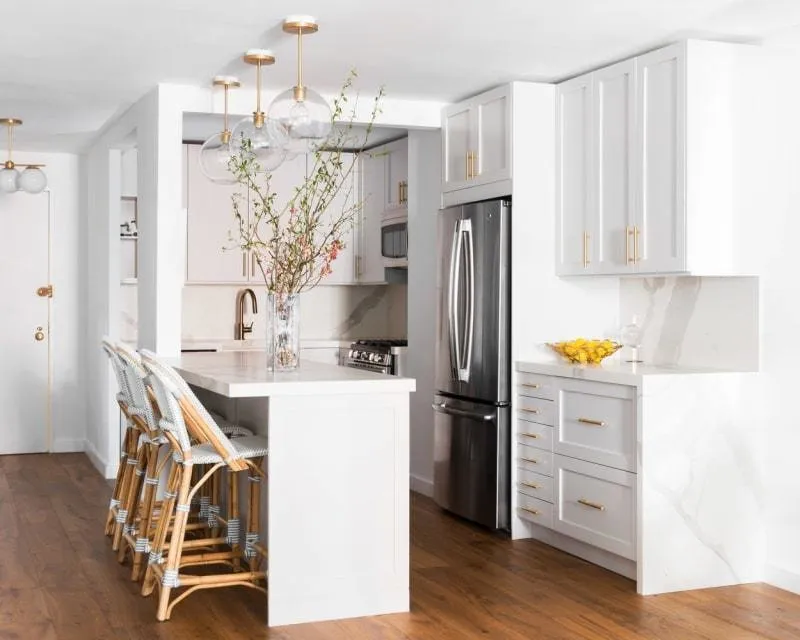 Before and After: Kitchen-Dining Room Renovation
Before and After: Kitchen-Dining Room Renovation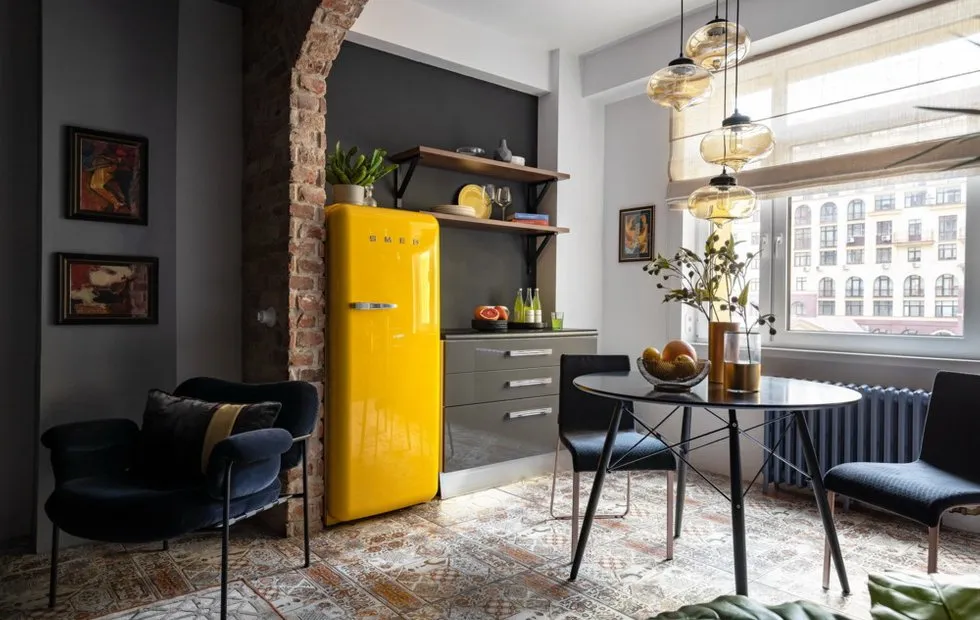 How to Create Coziness in a Dark Apartment: 5 Examples
How to Create Coziness in a Dark Apartment: 5 Examples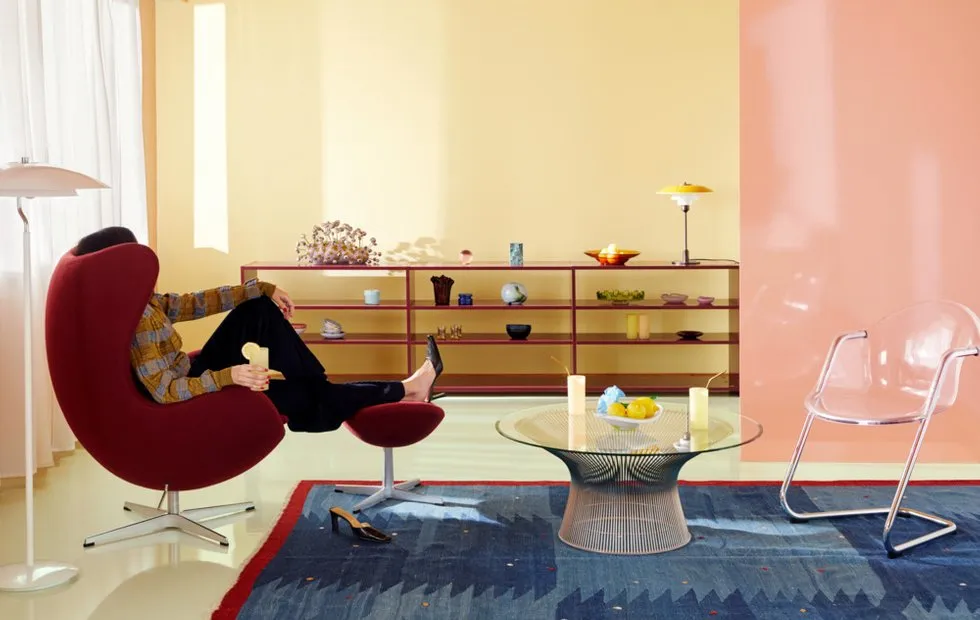 The Color of 2020 Named: How to Use It and What to Pair It With
The Color of 2020 Named: How to Use It and What to Pair It With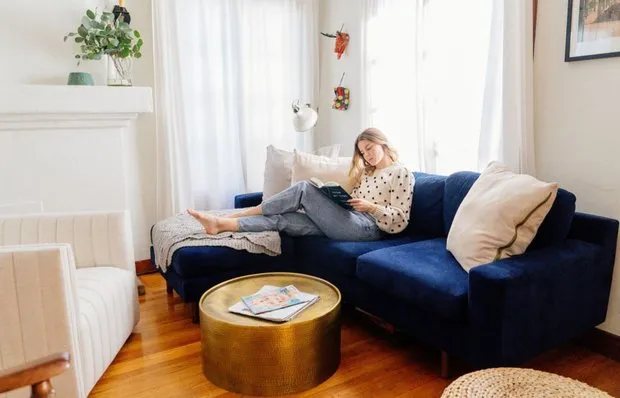 How to Create a Cozy Atmosphere in Rental Housing Without Spending Money: A Couple's Experience from California
How to Create a Cozy Atmosphere in Rental Housing Without Spending Money: A Couple's Experience from California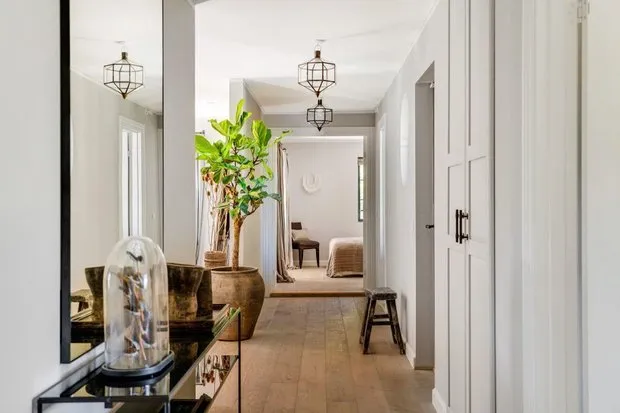 Ideal Family Cottage in Denmark
Ideal Family Cottage in Denmark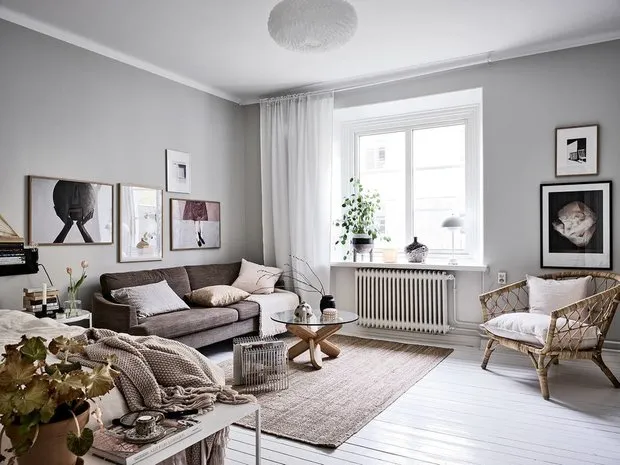 Why Is It Cold in the Apartment: Causes and Solutions
Why Is It Cold in the Apartment: Causes and Solutions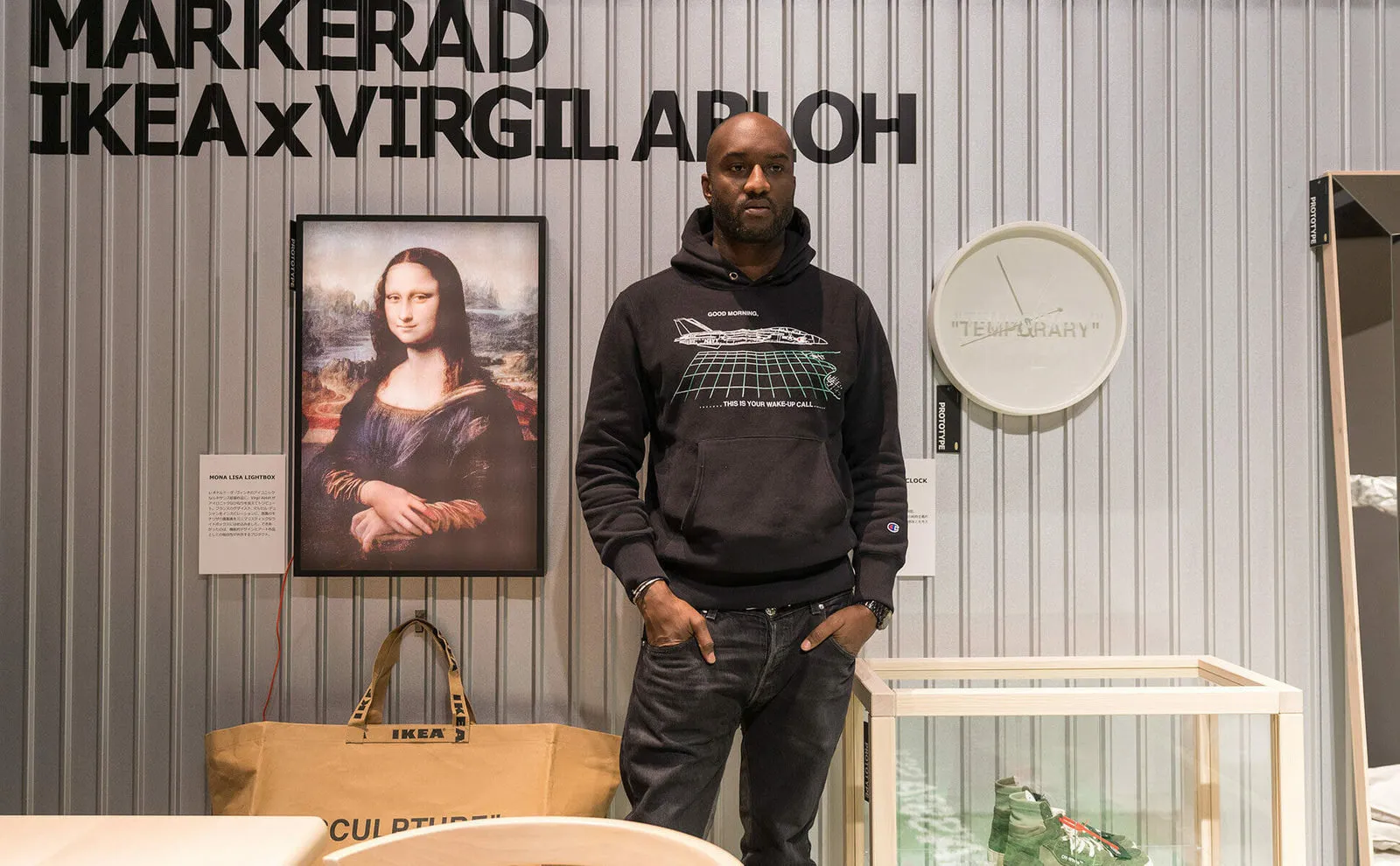 IKEA Unveils New Collection for Millennials
IKEA Unveils New Collection for Millennials